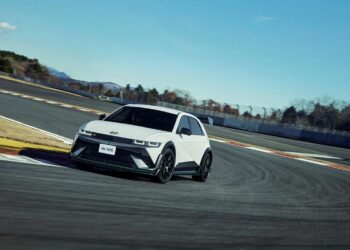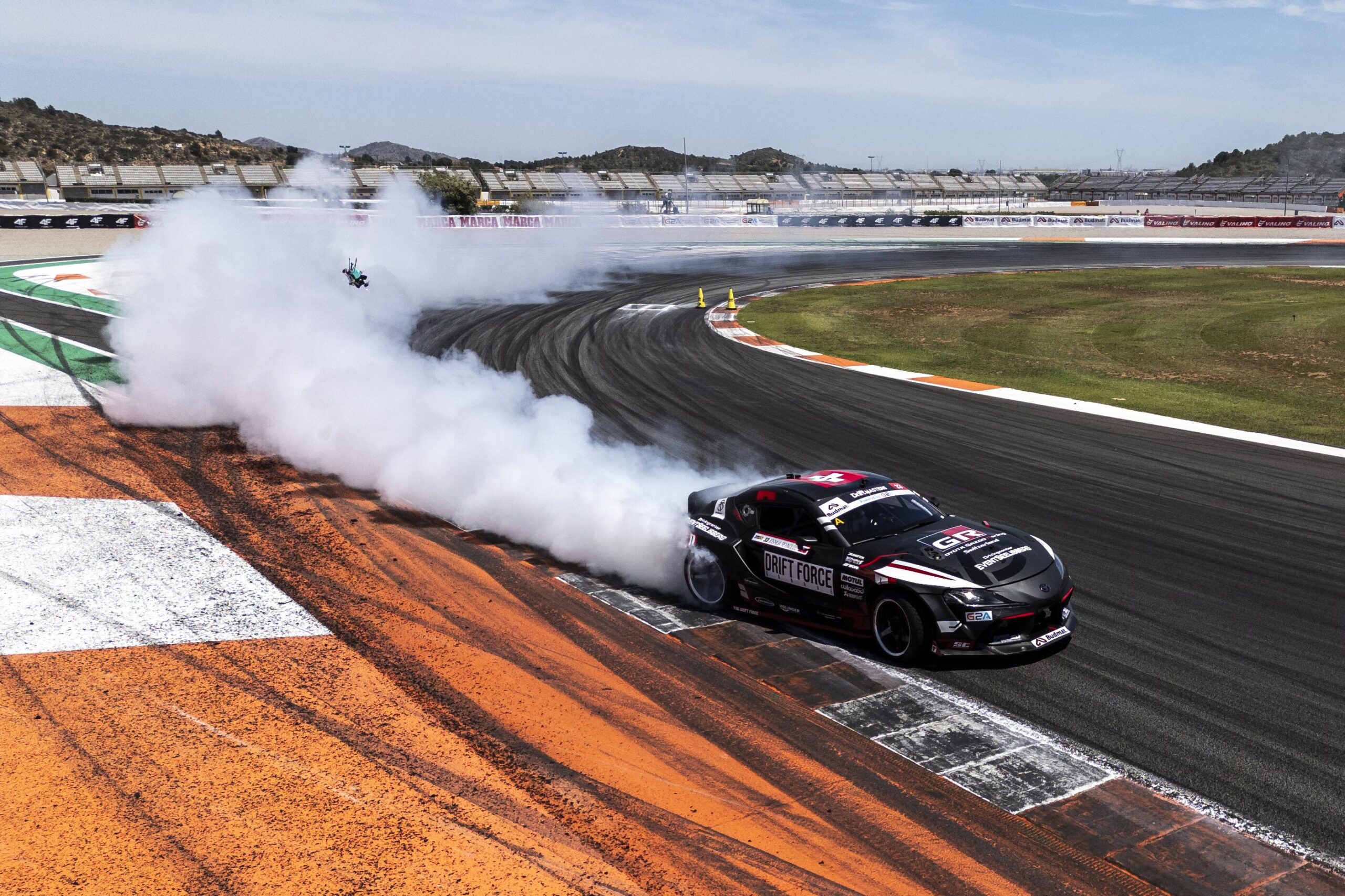Technology has always played a crucial role in the development of motorsports, and drifting is no exception. In recent years, advancements in automotive technology, data analysis, and simulation have significantly impacted the world of drifting, pushing the boundaries of what’s possible on the track. From the cars themselves to the tools used by drivers and teams, technology is helping to shape the future of drifting in ways that were once unimaginable.
Advances in Drift Car Technology
One of the most significant technological advancements in drifting is the development of specialized drift cars that are designed and built to excel in the unique demands of the sport. Modern drift cars are equipped with a range of technologies that enhance performance, control, and safety, allowing drivers to push the limits of what’s possible on the track.
Engine technology has seen considerable advancements, with modern drift cars often featuring turbocharged or supercharged engines that produce high levels of power and torque. These engines are often paired with advanced fuel management systems and custom tuning, allowing for precise control over power delivery. The result is a car that can produce the explosive power needed to break traction and maintain high-speed slides.
Suspension technology has also evolved, with modern drift cars using adjustable coilovers, custom sway bars, and advanced damping systems to achieve the perfect balance between grip and slip. These suspension setups allow drivers to fine-tune their car’s handling characteristics to suit different tracks and driving conditions, giving them a competitive edge.
Differentials have also become more advanced, with many drift cars now equipped with electronically controlled limited-slip differentials (LSDs) that can adjust the amount of lockup based on driving conditions. This technology allows for greater control and flexibility during a drift, helping drivers to maintain their line and angle with precision.
Tire technology has also played a significant role in modern drifting. Manufacturers now produce tires specifically designed for drifting, with tread patterns and compounds optimized for consistent performance during high-temperature, high-stress conditions. These tires provide the necessary balance of grip and durability, allowing drivers to perform long, smoke-filled drifts without sacrificing control.
The Use of Data and Analytics in Drifting
Another area where technology has had a profound impact on drifting is in the use of data and analytics. Modern drift teams now have access to a wealth of data that can be used to analyze and improve performance, both during practice sessions and in competition.
Telemetry systems are commonly used in professional drifting, allowing teams to collect real-time data on various aspects of the car’s performance, including speed, throttle position, steering angle, and tire pressure. This data is then analyzed to identify areas for improvement, such as optimizing the car’s setup for better handling or adjusting the driver’s technique for more consistent performance.
Video analysis is another powerful tool used in modern drifting. Teams often use high-definition cameras to record practice runs and competitions, allowing them to review the footage in detail and identify any mistakes or areas for improvement. This analysis can help drivers refine their technique and make more informed decisions during a drift.
Simulation and virtual reality (VR) have also become increasingly important in the world of drifting. Advanced simulators allow drivers to practice on virtual versions of real-world tracks, providing a safe and cost-effective way to hone their skills. These simulators can replicate the physics and dynamics of a drift car with remarkable accuracy, giving drivers a realistic training experience.
In addition to simulators, VR technology is being used to create immersive training environments where drivers can practice their skills in a virtual setting. This technology allows drivers to experience the sensations of drifting without the risks associated with real-world practice, making it an invaluable tool for both beginners and experienced drifters.
The Future of Technology in Drifting
As technology continues to advance, the future of drifting looks increasingly promising. One area of potential growth is the development of electric drift cars, which are already starting to make their mark on the sport. Electric vehicles (EVs) offer several advantages for drifting, including instant torque delivery, reduced weight, and lower maintenance costs. As battery technology improves, we can expect to see more EVs competing at the highest levels of drifting.
Autonomous driving technology is another area that could impact the future of drifting. While the idea of self-driving drift cars may seem far-fetched, there have already been experiments with autonomous vehicles performing controlled drifts. This technology could be used to develop advanced driver assistance systems (ADAS) for drift cars, helping drivers to maintain control and avoid accidents during high-speed maneuvers.
Artificial intelligence (AI) could also play a role in the future of drifting, with AI-powered systems used to analyze data and provide real-time feedback to drivers. These systems could help drivers optimize their performance by suggesting adjustments to their technique or car setup based on real-time data analysis.
Technology has become an integral part of modern drifting, helping to push the boundaries of what’s possible on the track. From advanced drift car technology to the use of data and simulation, technology is helping drivers and teams to achieve new levels of performance and control. As the sport continues to evolve, we can expect to see even more technological innovations that will shape the future of drifting, making it more exciting and competitive than ever before.










